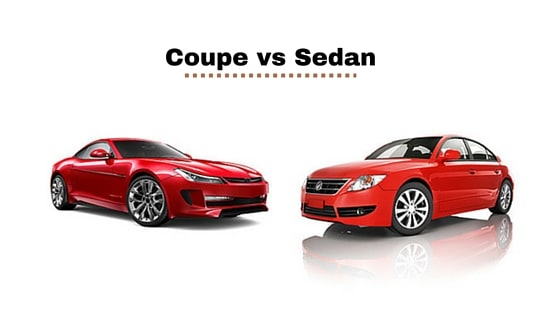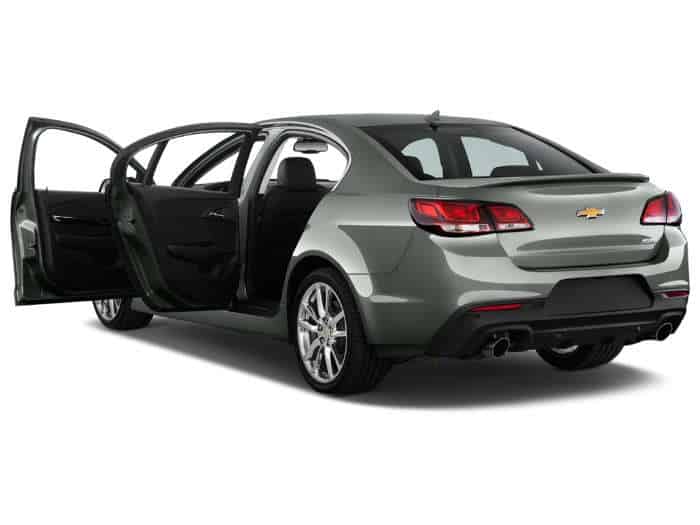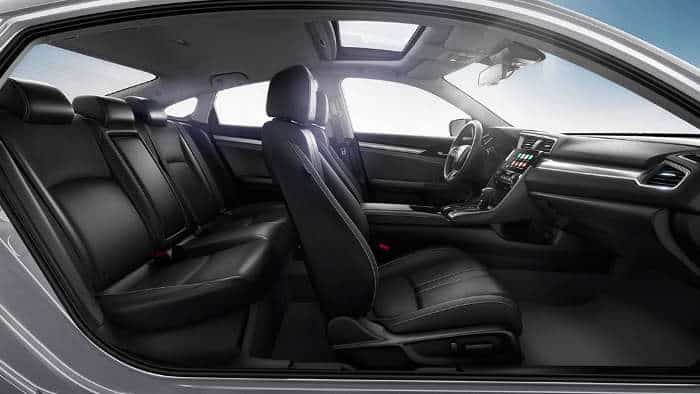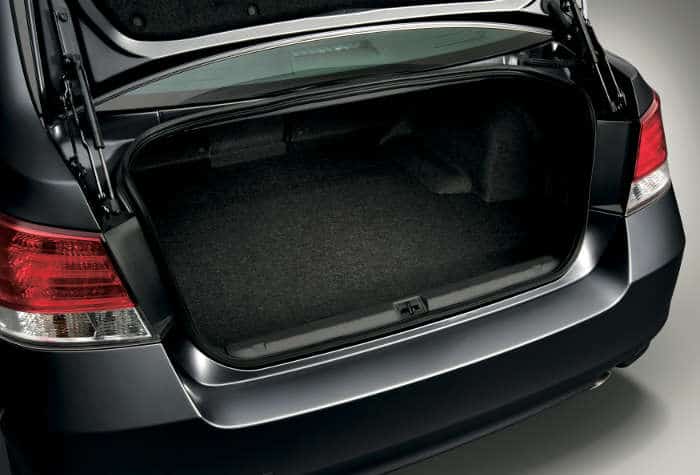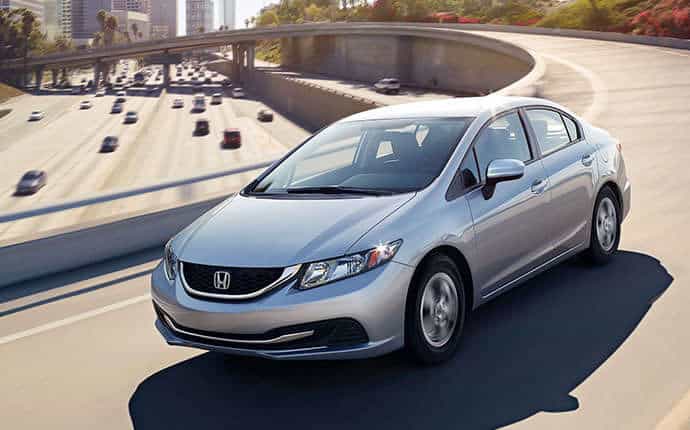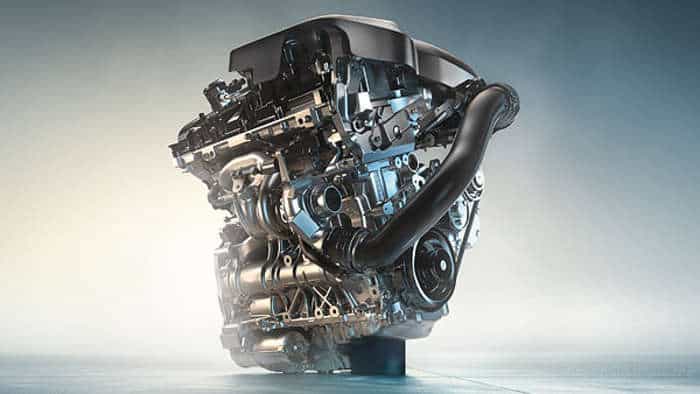Gas mileage and eco-friendliness are important factors for choosing a car, but the final decision often comes down to personal preference. The average car shopper has specific car features in mind when beginning their search. When deciding between a coupe vs sedan, there are a number of different features to take into consideration.
To assist you in answering the “coupe vs sedan” question, we’ve compiled a list of 6 differences between these car types, and included our bottom-line recommendations, based on each difference.
- Number of doors
To most people, the defining difference between a coupe and a sedan is the number of doors that the car has. A coupe traditionally has two doors, while a sedan has four doors. This difference has become somewhat harder to follow in recent years, as many automakers have added a third door to the standard coupe or modeled the bodies of four-door sedans after coupes.
Coupes tend to have longer doors, which can make getting in and out of the car difficult when parked in a tight space. Having only two doors can make getting into the backseat or cargo area of a coupe more of an ordeal, especially for older drivers and passengers.
The standard size doors of a sedan, especially the two doors for the backseat, make the sedan easier to get into and provide better access to passenger seating. This is a feature that is usually important to parents with young children, whom they have to help in and out of the car.
Coupe vs Sedan: If you don’t haul around a lot of people or cargo, a two-door coupe that gets you where you want to go should meet your needs. If you have small children, older passengers, or frequently need access to items in the backseat, a four-door sedan is probably a better option for you.
- Passenger seating
Traditional coupes have only a driver’s seat and front passenger seat, with no passenger seating in the back. Over the years, some coupes have evolved into four-passenger cars with the addition of very small back seats. Coupes that do have back seats typically have two bucket-style seats located behind the two front seats, instead of a three-person bench, which is found in most sedans.
Sedans have always had seating capacity for four to five people (back in the 70’s and 80’s, many had bench seats in the front, allowing for a total of six passengers.) Sedans allow for five passengers to travel safely and legally; squeezing a fifth person into a four-seater coupe is neither safe nor legal.
Speaking of safety, sedans tend to offer better options for child safety seats than coupes. Since the ideal place for a child safety seat is in the rear middle seat, and never in a front seat, a coupe is not as well-suited to transporting small children as a sedan.
Coupe vs Sedan: If you regularly drive a group of friends or kids, a sedan is the better option for you. If you drive solo more often than not, we think that a coupe is the way to go.
- Cargo space
A traditional coupe has no more than 33 cubic feet of interior space. By definition, anything over 33 cubic feet of interior space qualifies as a sedan. Cargo (or storage) space is usually measured as the interior space behind the front seats.
Cargo space for a coupe depends largely on the seating configuration of the car. A coupe with no back seat may have a large trunk, and a four-seater coupe could have fold-down seats in the back. Many newer coupes have an impressive amount of cargo space, including the Volkswagen GTI (22.8 cubic feet) and the latest Chevy Corvette (15 cubic feet).
Sedans have the practical advantage of having a rear seat plus a trunk, and many have fold-down seats that make for one large, seamless cargo area. There is also floor space behind the two front seats (two-seater coupes don’t have this). The 2015 Audi A7, which features a hatchback design, starts with 24.5 cubic feet of cargo space before the seats have even been folded down. The 2015 BMW 4 Series Gran Coupe (also featuring a hatchback design) has 12 cubic feet of initial cargo space that expands to a whopping 49.5 cubic feet with the rear seats down.
Coupe vs Sedan: The sedan is the obvious winner in this category, but because every model of car is different, we can’t say that the coupe has “X” amount of space less than a sedan. We can say that if you find yourself regularly needing to transport large items or large quantities of items, a sedan is the better choice. Stick with a coupe if you’re only planning to haul your groceries or a couple of beach bags.
- Personality
We’ve already established that a sedan is an ideal family car in comparison to a coupe. When we compare the difference between personalities of a coupe and sedan, we’re referring to the look and feel of the car.
Coupes are the typical single person’s car, with a fun, sporty look that says, “no commitments”. The three-door model coupe actually gives more credibility to the sportiness of a coupe, since the small door still doesn’t lend itself to being “family-friendly”.
Sedans are the typical choice of parents who are looking for lots of space and safety, and aren’t trying to make a statement. Car makers have gone out of their way to make sportier, sleeker-looking sedans in recent years (these are called “sports sedans”; the Porsche Panamera is a perfect example), but coupes are still the clear winner in the “sporty car” contest.
Coupe vs Sedan: If you’re looking for a car that reflects your own young, fun spirit, a coupe is the clear choice. If you’re looking for a car that matches your “play it safe” attitude, a sedan may be right for you.
- Performance
With fewer seats and passengers, and (usually) a smaller body, a coupe is inherently lighter than a sedan, which results in the coupe having greater performance, even if both have equal horsepower. Smaller, sleeker coupes have a smaller turning radius and are more aerodynamic, which again leads to performance superiority over a sedan.
Not all sedans are created equal, though. BMW and Audi make some powerful sport sedans that compete well with a standard coupe. Even the four-door Dodge Dart comes in a GT model, which has a sport-tuned suspension that corners more tightly at higher speeds.
Coupe vs Sedan: A coupe will usually outperform a sedan in terms of power, but this one is really a toss-up. If a high-powered car is important to you, do your research to make sure you are getting the most for your money.
- Insurance costs
Contrary to popular belief, sporty cars are not automatically more expensive to insure. A lot of factors go into determining the cost of a car insurance policy, many of which are equal amongst coupes and sedans. Only one of these factors is consistently different between a coupe and sedan: safety.
Because sedans are usually family cars, safety features and crash test results are of utmost importance to manufacturers. That’s not to say that coupes don’t go through rigorous safety testing; many simply lack safety options that sedans have.
The body size and design of some coupes make it difficult for manufacturers to include side curtain airbags or backseat airbags. Insurance companies take note of this when determining the safety of a vehicle. As previously mentioned, the seating in a coupe is generally not ideal for using child safety seats.
Coupe vs Sedan: A coupe could cost you more to insure than a sedan, so do your research and get a quote before making your final purchase. A sport sedan may cost less to insure and will still give you a sporty-looking (and -feeling) car.
Which One is For You?
Let’s take a tally of the six differences between coupes and sedans. Coupes come out on top in terms of sporty personality and performance. Sedans have more cargo space and safety features, which make them the better family car. Each has pros and cons when it comes to number of doors and passenger seating. To choose the car that is right for you, consider the benefits of each type of car and tap into your personal preferences. Explore all of your options (coupe, sedan, sport sedan, three-door coupe) and enjoy the ride.

